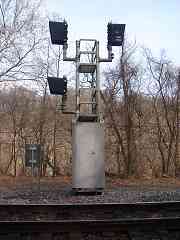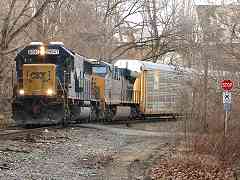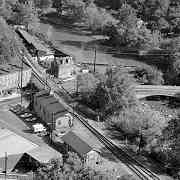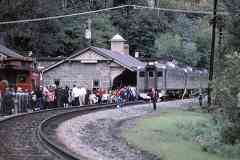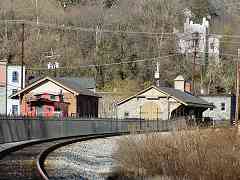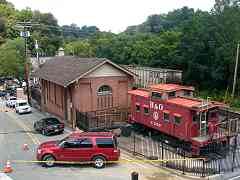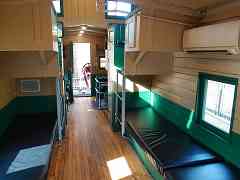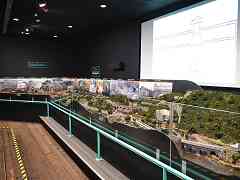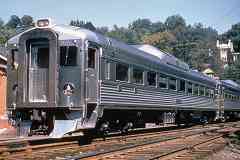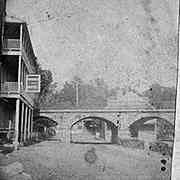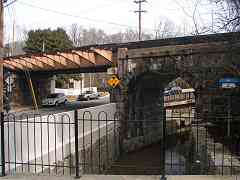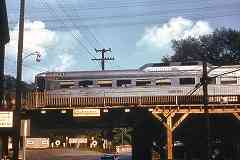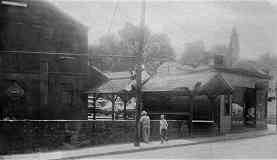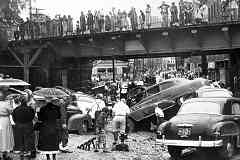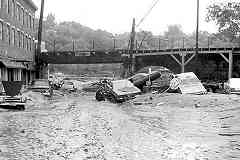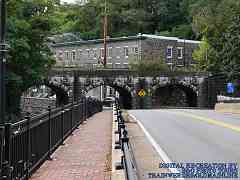|
Cleanup work was underway after yet another flood poured through Ellicott
City at the end of July 2016. This was the scene less than 72 hours after
rains west of town funnelled down into the valley, eroding Main Street
(distant left) and floating cars past the Oliver Viaduct into the
Patapsco River.
The flood killed several people and drew national attention. The town was
closed to visitors and residents alike while repair work began, so this was
as close as the public was allowed to get. Westbound CSX coal empties
continued to roll, albeit extra slowly, meaning the railroad was undamaged.
This time the Patapsco River was not the trouble, but rather the Tiber River /
Creek / Branch and similar streams leading down into Ellicott City. Sadly,
Main Street suffered a
repeat flood during May 2018.
As of this writing, a new drainage tunnel east to the Patapsco River is
being bored. Mitigating floods that surge west from a rising Patapsco River --
without relocating the town or rerouting Main Street --
would require impractically-massive engineering.
Links:
WBAL slideshow,
NWS weather analysis
| 